The Department of Geography and Sustainable Development at the University of Miami was founded in 1946 as part of the College of Arts and Sciences. At the time, UM was growing rapidly to accommodate the surging enrollment of World War II veterans.
The founding Department Chair was Prof. J. Riley Staats. Together with Prof. Luella Dambaugh, an outstanding researcher and teacher who shined in a male-dominated academy and discipline, Prof. Staats built a solid range of undergraduate course offerings that emphasized physical, cultural, economic, and regional geography, as well as cartography and conservation.
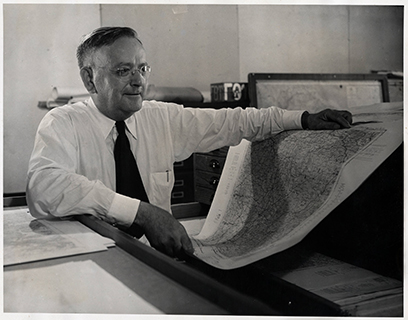 |
 |
| Prof. J. Riley Staats, first chair of the Department of Geography |
Prof. Luella Dambaugh, outstanding faculty of the Department of Geography |
From 1954 to 1968, Prof. Richard Kreske served as Department Chair and successfully managed the Department during a period of high university uncertainty and low investment, as many elite private universities closed their geography departments during this period (beginning with Harvard in 1948). The Department was housed in a suite on the third floor of the Merrick Building that included faculty offices, cartography and physical-geography laboratories, and a pair of dedicated classrooms. The courses were well-attended, and the faculty had a heavy teaching load.
Despite these challenges, the Department hosted the 1961 Annual Meeting of the American Association of Geographers (AAG), the discipline’s flagship national conference. The Department continued to persevere until the modern discipline of geography steadily emerged in the late 1960s, which was a major turning point. Theoretical and quantitative revolutions began reshaping geography, cementing its position as a core social science and triggering a heightened emphasis on research skills, which required a curricular transformation in departments across the US. As a consequence, professional opportunities for geographers rapidly expanded from an emphasis on teacher preparation to a variety of applied fields in business, planning, and government.
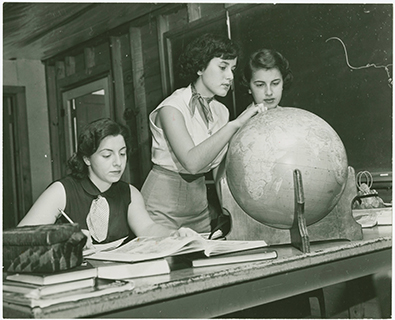 |
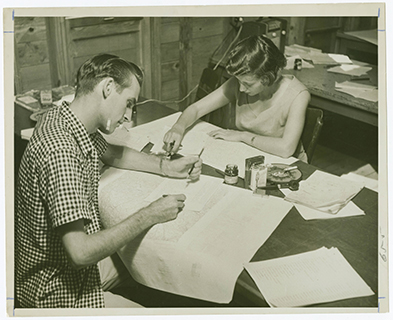 |
| Geography students actively learning during a class |
Geography students drawing maps during a class |
Recognizing this global trend, Dr. Louis McQuitty, the new Dean of College of Arts and Sciences, invested in the Department’s growth. In 1968, he simultaneously recruited a prominent new Chair, Prof. Harm de Blij, and a core of new faculty to design and launch a new Master of Arts in Geography. The Department quickly accomplished these objectives and established a national reputation through their collective professional activities.
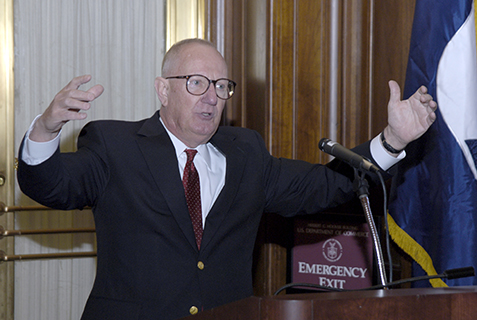 |
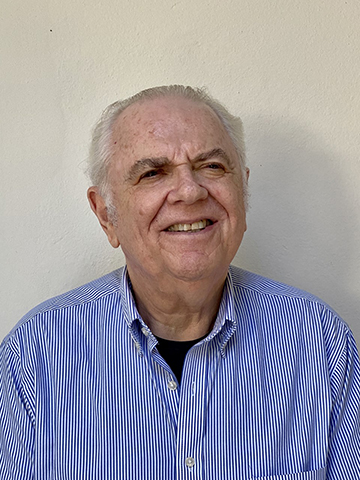 |
| Prof. Harm de Blij, third Chair of the Department of Geography |
Prof. Peter Muller, fourth Chair of the Department of Geography |
Prof. De Blij remained Chair until 1979. To replace him, UM hired Prof. Peter O. Muller, who led the Department from 1980 to 2000. Prof. Muller continued the expansion of the Department and paved the way to a smooth transition to the geography of the new century. In 1991, the Department hosted the Annual Meeting of the American Association of Geographers for the second time.
In 1998, an administrative reorganization led to the Department joining the newly-created School of International Studies (SIS). The Department added Regional Studies to its name and moved to the second floor of the Ferre Building while retaining access to the Merrick labs and classrooms. In 2002, SIS was terminated in another administrative reorganization, and the Department rejoined the College of Arts and Sciences.
In 2013, the Department was relocated to the newly refurbished Campo Sano Building, an historic building and beautiful space that is shared with the Departments of Political Science and International Studies.

Since the turn of the century, the Department has been led by Prof. Thomas D. Boswell (2001-2007), Prof. Douglas Fuller (2007-2013 and 2018-2019), and Prof. Ira Sheskin (2013-2018).
In May 2021, the Department replaced “Regional Studies” for “Sustainable Development” in its name to reinforce its long-term commitment with a better world based on the fundamentals of economic prosperity, social inclusion and cohesion, environmental conservation, and good governance.
Over the past two decades, the Department has offered new courses in quantitative and geospatial analysis and other rigorous methodologies of the Digital Age. Today, the Department’s curriculum is continually upgraded by infusing modern geographical perspectives and approaches, and a new generation of faculty works hard to continue the legacy of excellence built by previous generations.
* Thanks to Prof. Peter O. Muller, whose detailed records helped us reconstruct our history.










